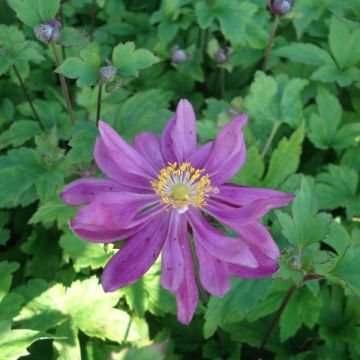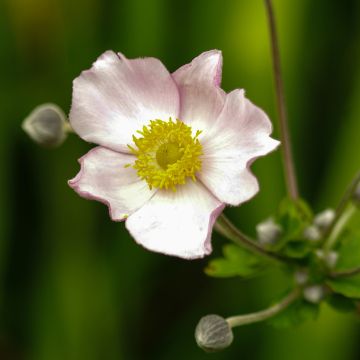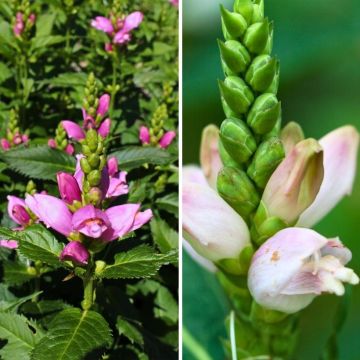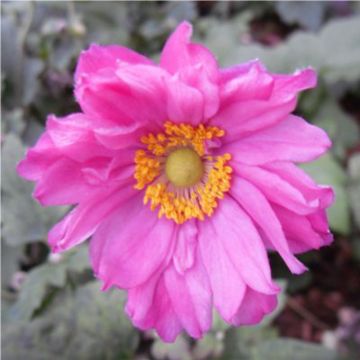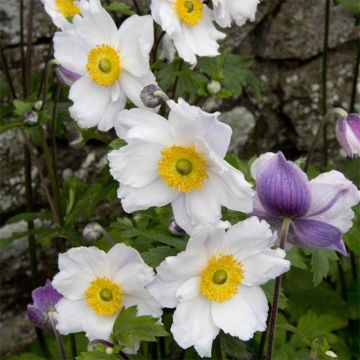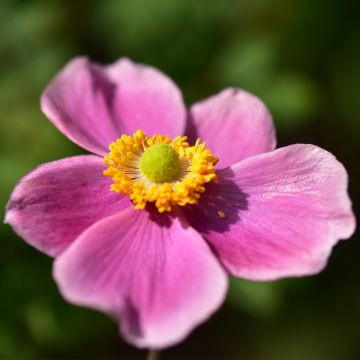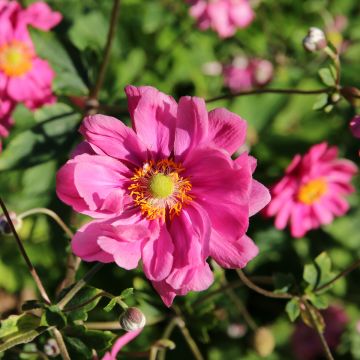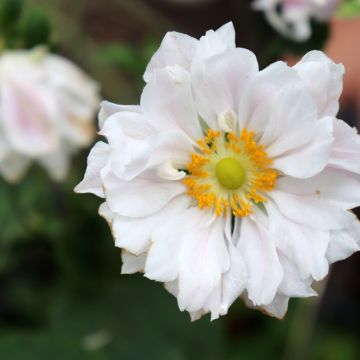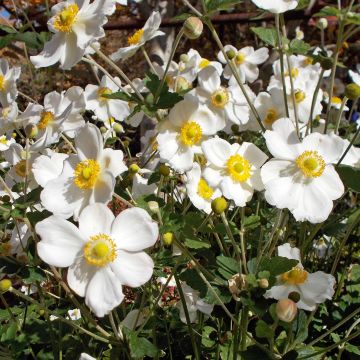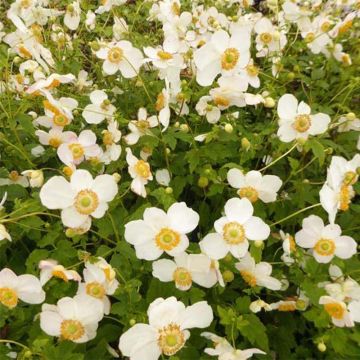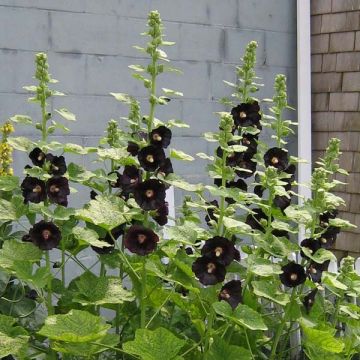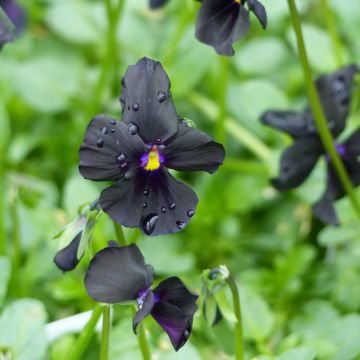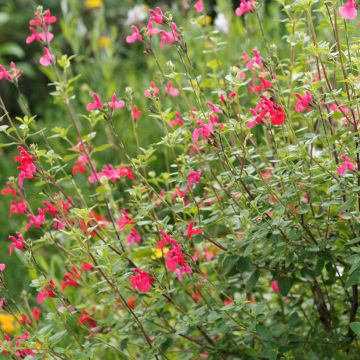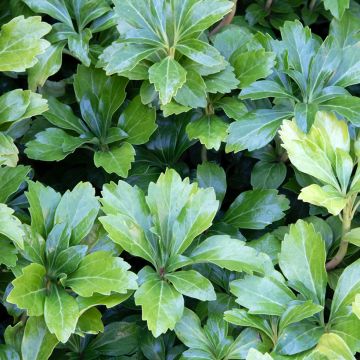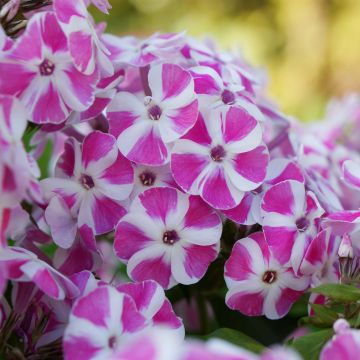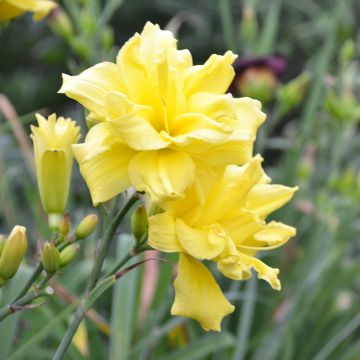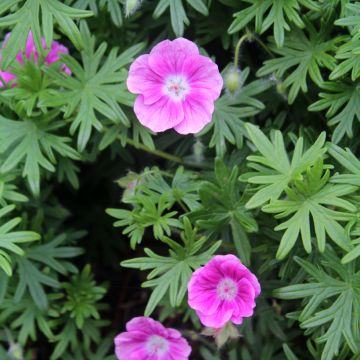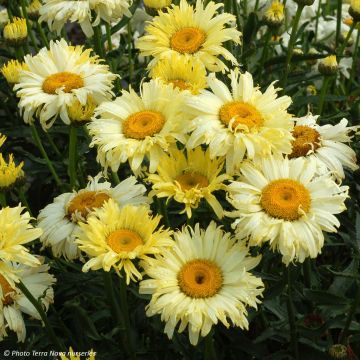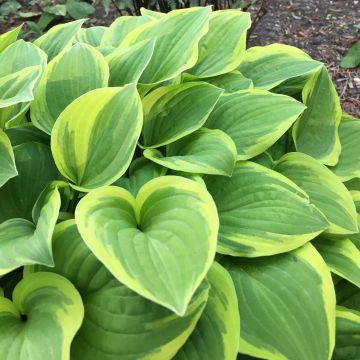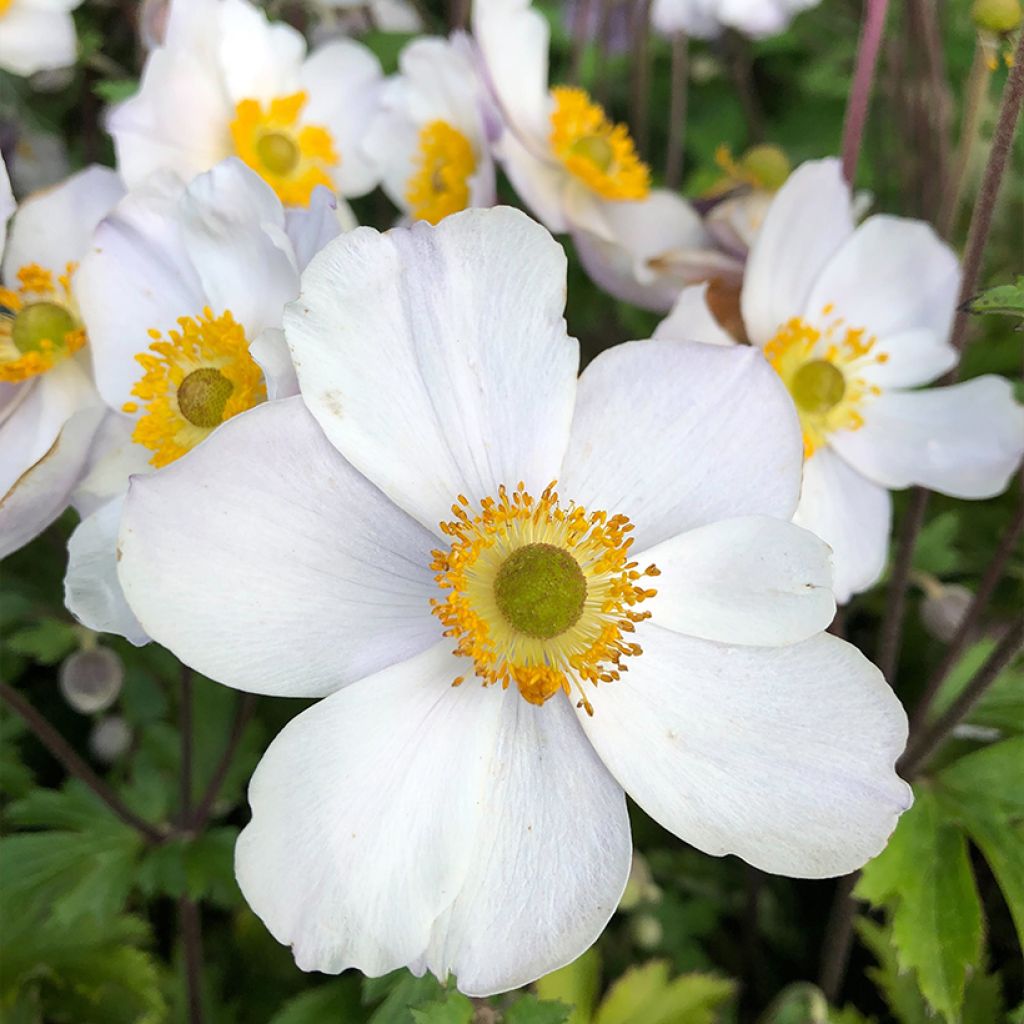

Anemone Elfin Swan - Japanese Anemone
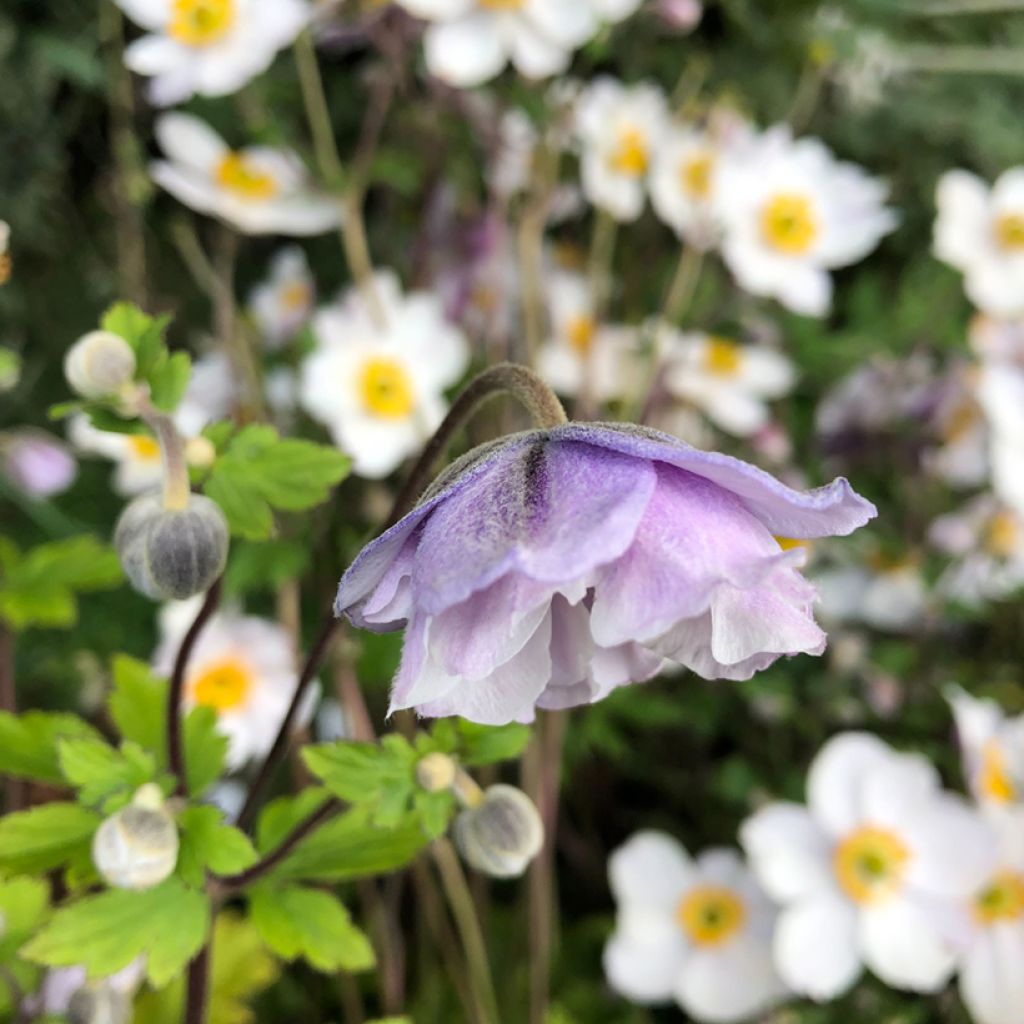

Anemone Elfin Swan - Japanese Anemone
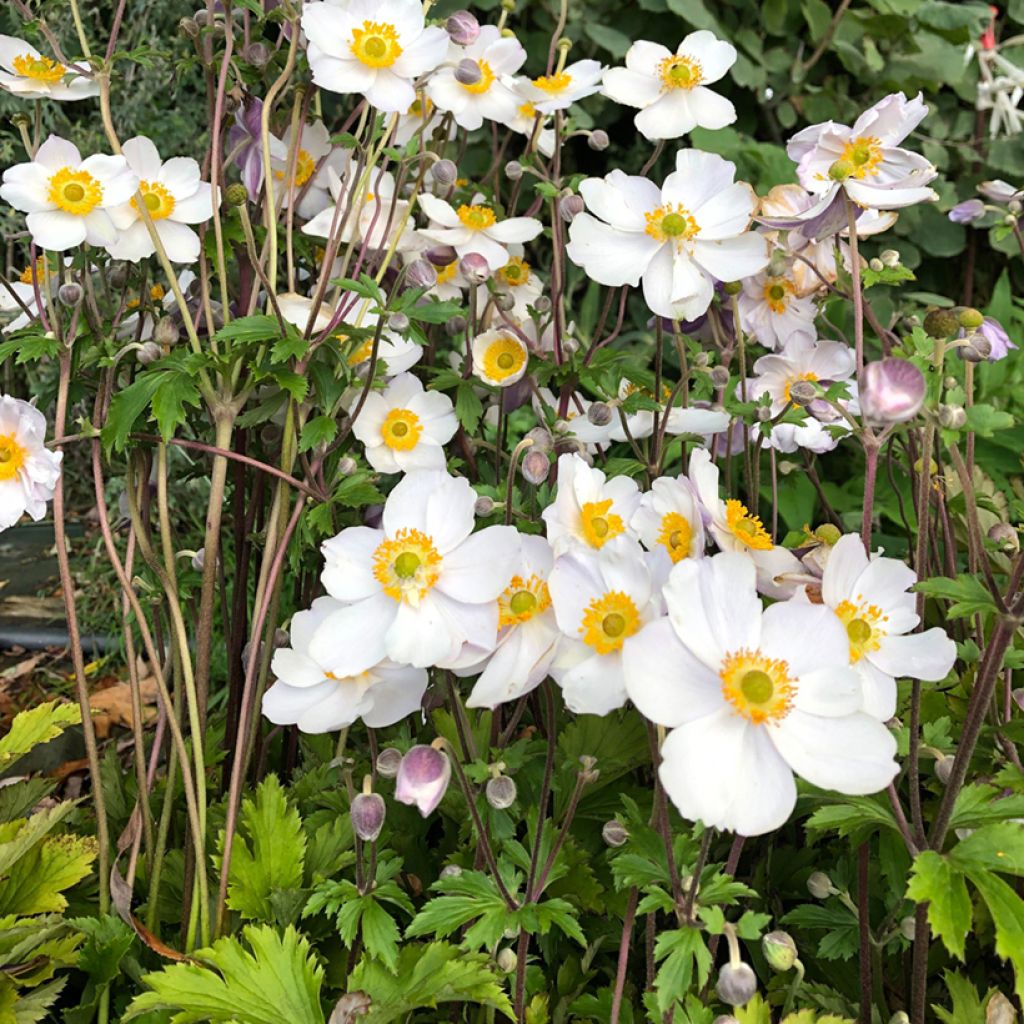

Anemone Elfin Swan - Japanese Anemone
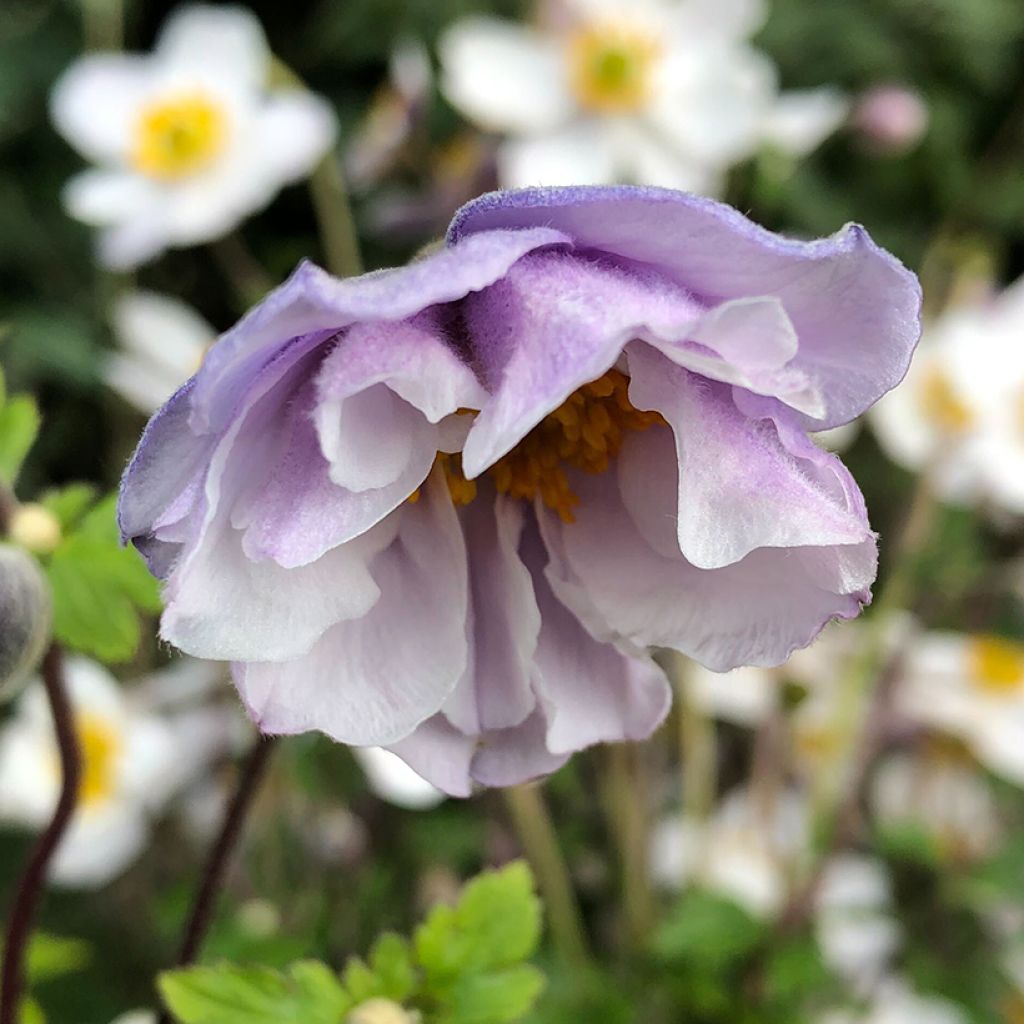

Anemone Elfin Swan - Japanese Anemone
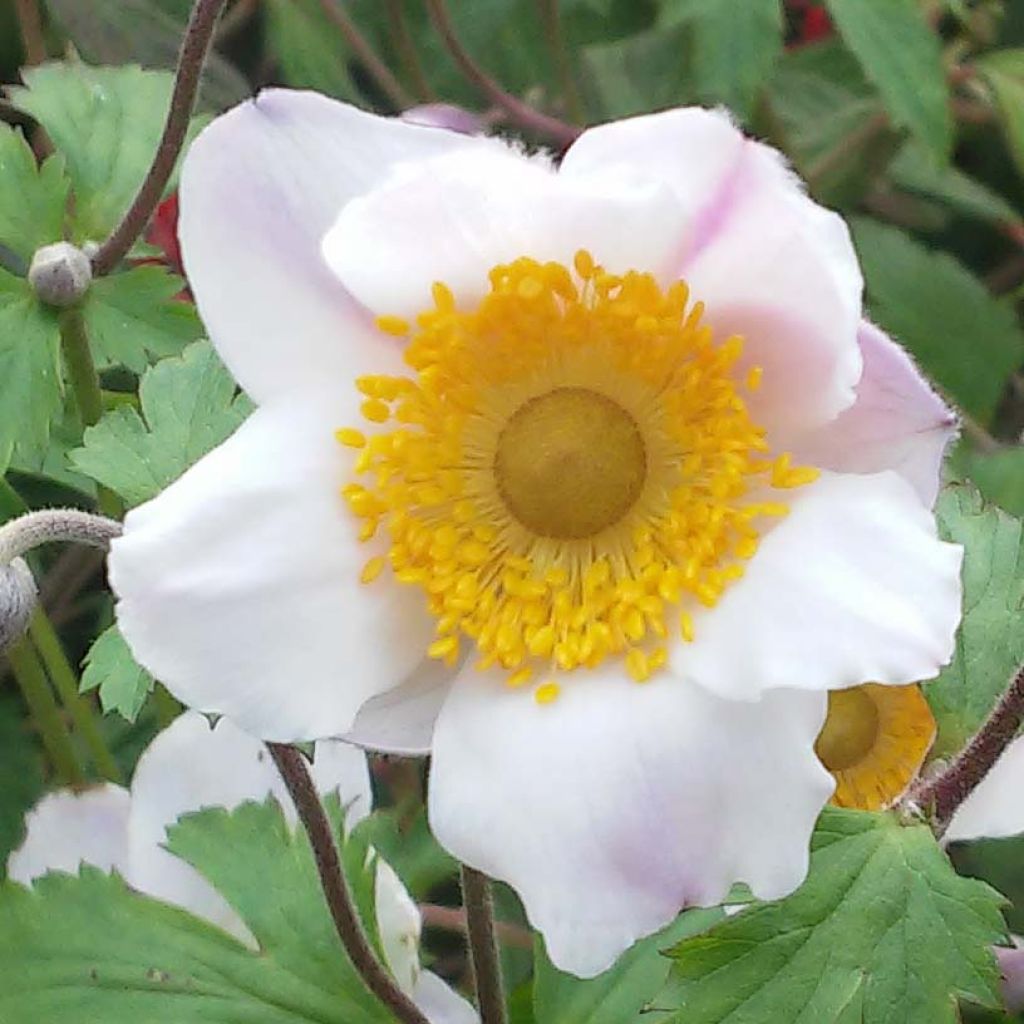

Anemone Elfin Swan - Japanese Anemone
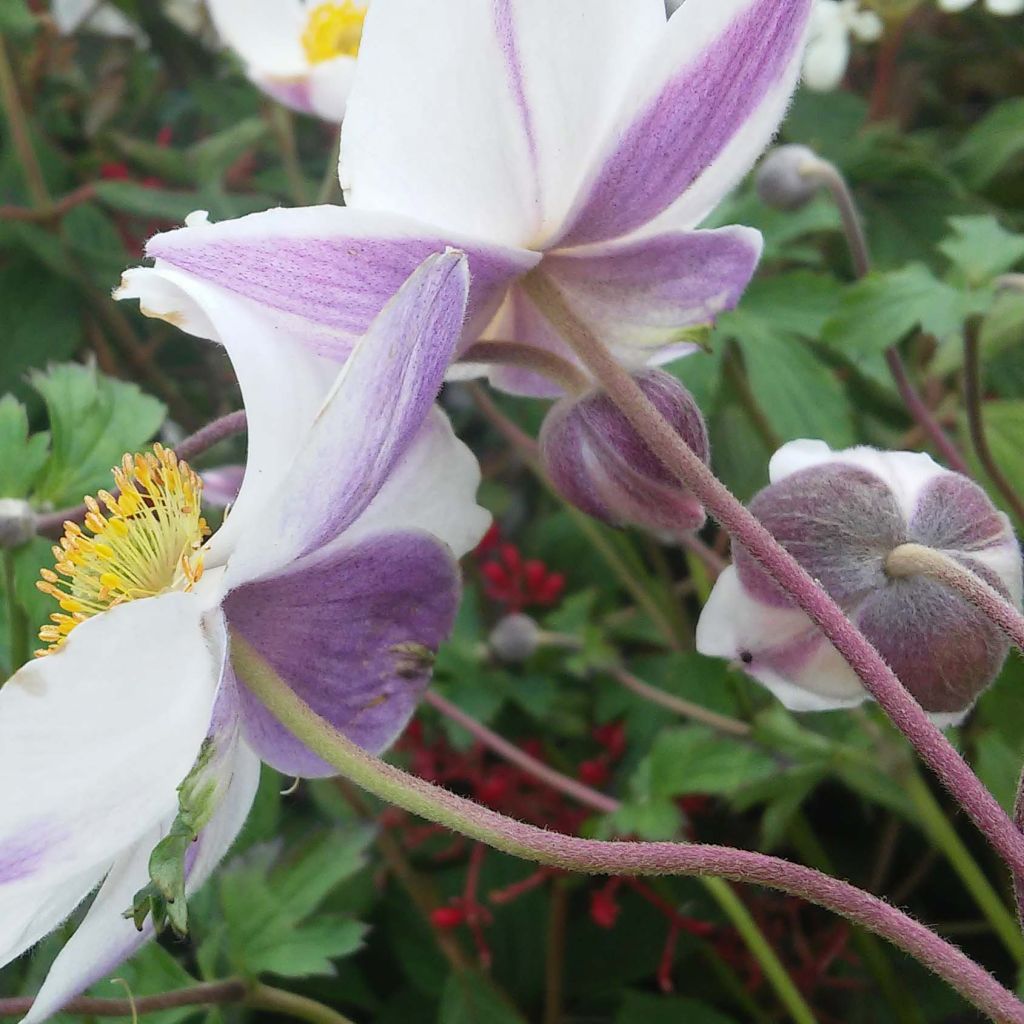

Anemone Elfin Swan - Japanese Anemone
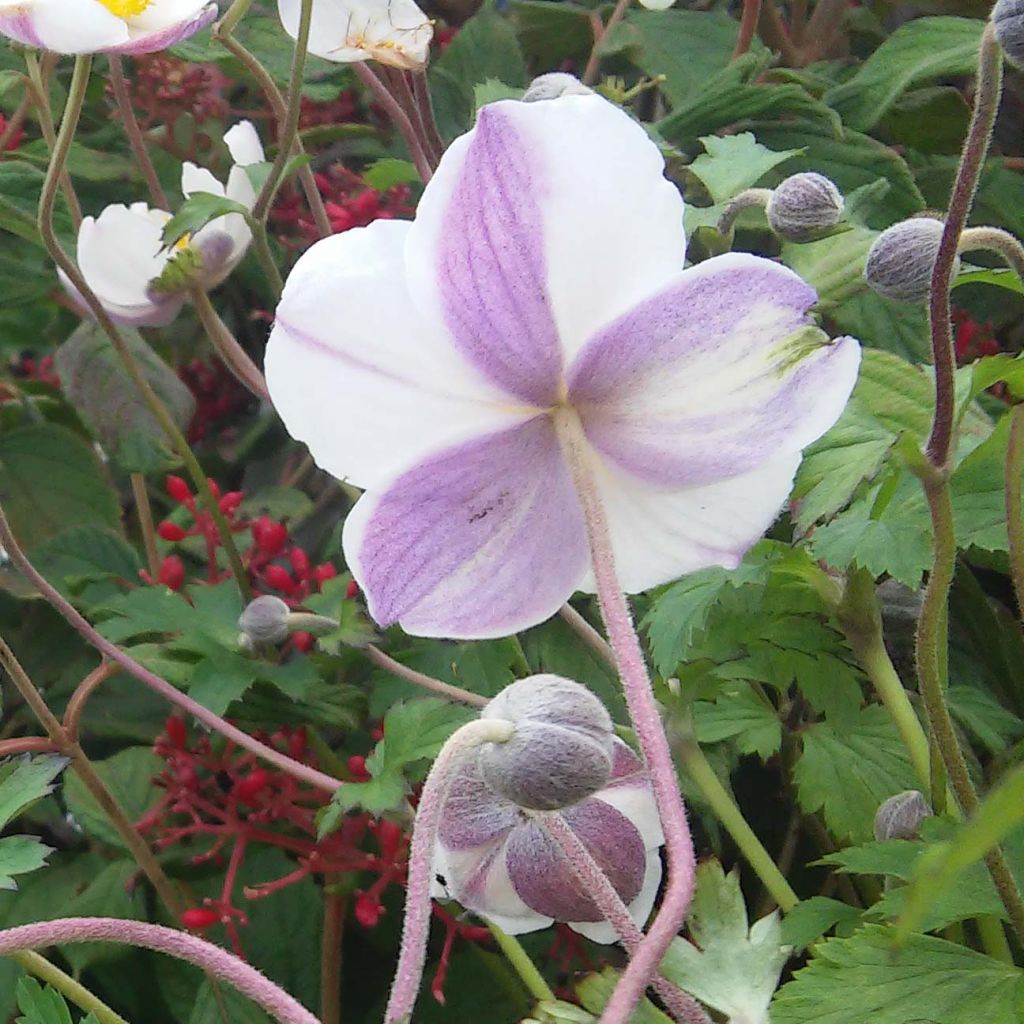

Anemone Elfin Swan - Japanese Anemone
Anemone Elfin Swan - Japanese Anemone
Anemone rupicola x hupehensis Elfin Swan
Japanese anemone
This item cannot be shipped to the selected country
Delivery charge from €5.90
Delivery charge from €5.90
More information
Schedule delivery date,
and select date in basket
This plant carries a 12 months recovery warranty
More information
We guarantee the quality of our plants for a full growing cycle, and will replace at our expense any plant that fails to recover under normal climatic and planting conditions.
From €5.90 for pickup delivery and €6.90 for home delivery
Express home delivery from €8.90.
From €5.90 for pickup delivery and €6.90 for home delivery
Express home delivery from €8.90.

Does this plant fit my garden?
Set up your Plantfit profile →
Description
The Hybrid Anemone 'Elfin Swan', the latest addition to the amazing 'Swan' series, is also the most compact variety and one of the most floriferous. Like its sisters, its flowering is early and two-tone, its small corollas produced in abundance shine with a double glazed white-blue-violet, illuminated by a large yellow heart. It is also a sturdy and robust perennial, which proves prolific without being invasive. A fantastic variety planted in groups in cool, semi-shaded woodland.
Anemone 'Elfin Swan' is a perennial of the Ranunculaceae family. More precisely, it is a variety belonging to a series of hybrids called 'Swan', of which the flagship 'Wild Swan' received an award at the RHS Chelsea Flower Show. 'Elfin Swan' was born in Scotland. This Japanese Anemone, probably resulting from a cross between Anemone rupicola and A. hupehensis, is a new creation full of charm and surprise. Earlier flowering than most other Japanese anemones, its flowers bloom from June-July depending on the climate.
A hardy perennial, it grows from fibrous 'tubers', like other Japanese Anemones, and over time forms large, vigorous, and rounded clumps. 'Elfin Swan' bears solid and upright flower stems that do not exceed 40 cm (16in) in height. The flowers, produced in large quantities, measure 5 to 6 cm (2in) in diameter and have petals of pure white, washed with blue-violet on the reverse, giving it a very original and cheerful two-tone appearance. A beautiful dark green foliage, composed of three lobed leaflets, serves as a backdrop for these flowers, then disappears at the first frosts. Japanese anemones can live for about ten years in the same spot.
Very easy to grow, this Japanese anemone likes semi-shade and rich, moist soils, with a neutral or acidic tendency. 'Elfin Swan' anemone thrives in light and humus-rich soil. It tolerates brief periods of drought and can withstand morning sun, but fears scorching rays. Ideally, plant it at the edge or in the background of a border, for example. Choose the right angle from which the flowers will be observed, the ideal being to be able to walk around the plant to enjoy the different pink-blue-violet colours. Persicarias, cimicifugas, hellebores, and shade-loving perennial geraniums make good companions for this adorable perennial.
Report an error about the product description
Anemone Elfin Swan - Japanese Anemone in pictures
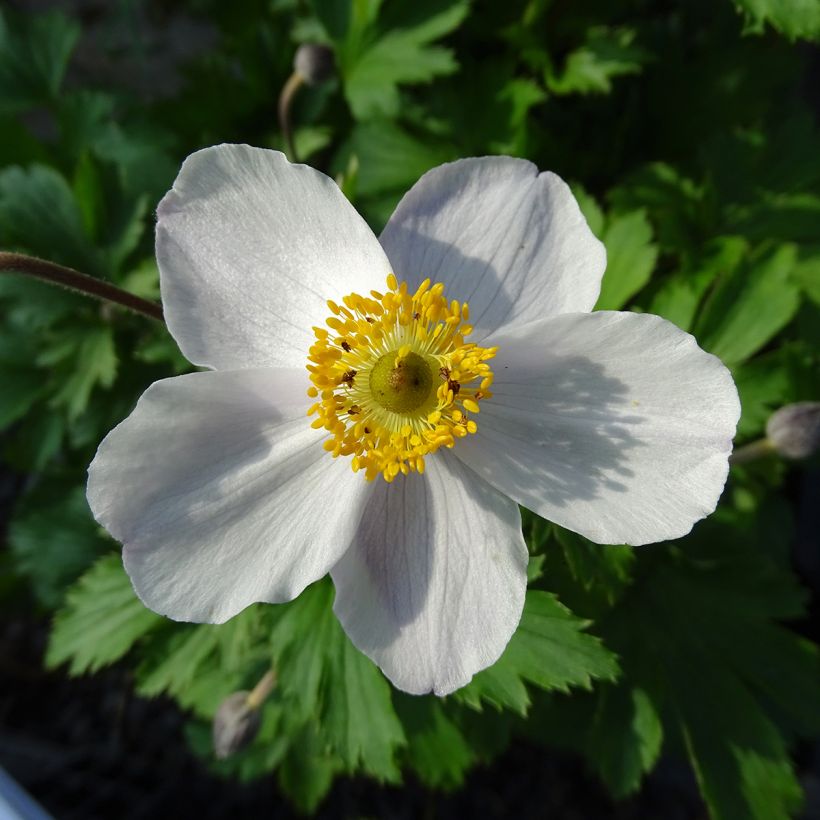

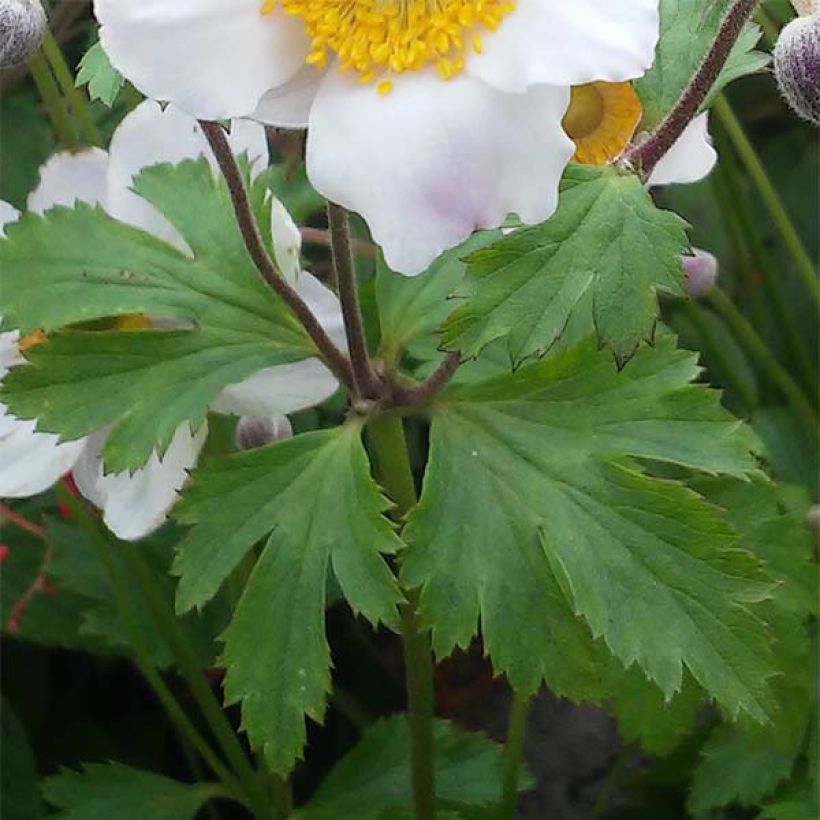

Flowering
Foliage
Plant habit
Botanical data
Anemone
rupicola x hupehensis
Elfin Swan
Ranunculaceae
Japanese anemone
Cultivar or hybrid
Other Japanese Anemones
Planting and care
The Elfin Swan anemone thrives in partial shade under tall trees, in a moist, humus-rich, well-drained soil without too much lime where it slowly spreads with the help of its underground rootstock. Plant Japanese anemones in a sheltered spot away from strong winds that would flatten the tufts of the taller ones, in spring or autumn, spacing them 30cm (12in) apart, in a moist to wet, but well-drained soil. Once the young plants are established, they should not be disturbed. The flowers become more and more abundant as the years go by. In late autumn, cut the flower stalks back to ground level. Every 2 or 3 years, apply well-decomposed compost at their base to enrich the soil, as they are quite hungry. They tolerate temporary drought. In the first year, the plant develops its roots in the soil, it is only in the second year that it begins to sucker and flower properly.
Planting period
Intended location
Care
-
, onOrder confirmed
Reply from on Promesse de fleurs
Summer flowering perennials
Haven't found what you were looking for?
Hardiness is the lowest winter temperature a plant can endure without suffering serious damage or even dying. However, hardiness is affected by location (a sheltered area, such as a patio), protection (winter cover) and soil type (hardiness is improved by well-drained soil).

Photo Sharing Terms & Conditions
In order to encourage gardeners to interact and share their experiences, Promesse de fleurs offers various media enabling content to be uploaded onto its Site - in particular via the ‘Photo sharing’ module.
The User agrees to refrain from:
- Posting any content that is illegal, prejudicial, insulting, racist, inciteful to hatred, revisionist, contrary to public decency, that infringes on privacy or on the privacy rights of third parties, in particular the publicity rights of persons and goods, intellectual property rights, or the right to privacy.
- Submitting content on behalf of a third party;
- Impersonate the identity of a third party and/or publish any personal information about a third party;
In general, the User undertakes to refrain from any unethical behaviour.
All Content (in particular text, comments, files, images, photos, videos, creative works, etc.), which may be subject to property or intellectual property rights, image or other private rights, shall remain the property of the User, subject to the limited rights granted by the terms of the licence granted by Promesse de fleurs as stated below. Users are at liberty to publish or not to publish such Content on the Site, notably via the ‘Photo Sharing’ facility, and accept that this Content shall be made public and freely accessible, notably on the Internet.
Users further acknowledge, undertake to have ,and guarantee that they hold all necessary rights and permissions to publish such material on the Site, in particular with regard to the legislation in force pertaining to any privacy, property, intellectual property, image, or contractual rights, or rights of any other nature. By publishing such Content on the Site, Users acknowledge accepting full liability as publishers of the Content within the meaning of the law, and grant Promesse de fleurs, free of charge, an inclusive, worldwide licence for the said Content for the entire duration of its publication, including all reproduction, representation, up/downloading, displaying, performing, transmission, and storage rights.
Users also grant permission for their name to be linked to the Content and accept that this link may not always be made available.
By engaging in posting material, Users consent to their Content becoming automatically accessible on the Internet, in particular on other sites and/or blogs and/or web pages of the Promesse de fleurs site, including in particular social pages and the Promesse de fleurs catalogue.
Users may secure the removal of entrusted content free of charge by issuing a simple request via our contact form.
The flowering period indicated on our website applies to countries and regions located in USDA zone 8 (France, the United Kingdom, Ireland, the Netherlands, etc.)
It will vary according to where you live:
- In zones 9 to 10 (Italy, Spain, Greece, etc.), flowering will occur about 2 to 4 weeks earlier.
- In zones 6 to 7 (Germany, Poland, Slovenia, and lower mountainous regions), flowering will be delayed by 2 to 3 weeks.
- In zone 5 (Central Europe, Scandinavia), blooming will be delayed by 3 to 5 weeks.
In temperate climates, pruning of spring-flowering shrubs (forsythia, spireas, etc.) should be done just after flowering.
Pruning of summer-flowering shrubs (Indian Lilac, Perovskia, etc.) can be done in winter or spring.
In cold regions as well as with frost-sensitive plants, avoid pruning too early when severe frosts may still occur.
The planting period indicated on our website applies to countries and regions located in USDA zone 8 (France, United Kingdom, Ireland, Netherlands).
It will vary according to where you live:
- In Mediterranean zones (Marseille, Madrid, Milan, etc.), autumn and winter are the best planting periods.
- In continental zones (Strasbourg, Munich, Vienna, etc.), delay planting by 2 to 3 weeks in spring and bring it forward by 2 to 4 weeks in autumn.
- In mountainous regions (the Alps, Pyrenees, Carpathians, etc.), it is best to plant in late spring (May-June) or late summer (August-September).
The harvesting period indicated on our website applies to countries and regions in USDA zone 8 (France, England, Ireland, the Netherlands).
In colder areas (Scandinavia, Poland, Austria...) fruit and vegetable harvests are likely to be delayed by 3-4 weeks.
In warmer areas (Italy, Spain, Greece, etc.), harvesting will probably take place earlier, depending on weather conditions.
The sowing periods indicated on our website apply to countries and regions within USDA Zone 8 (France, UK, Ireland, Netherlands).
In colder areas (Scandinavia, Poland, Austria...), delay any outdoor sowing by 3-4 weeks, or sow under glass.
In warmer climes (Italy, Spain, Greece, etc.), bring outdoor sowing forward by a few weeks.

































